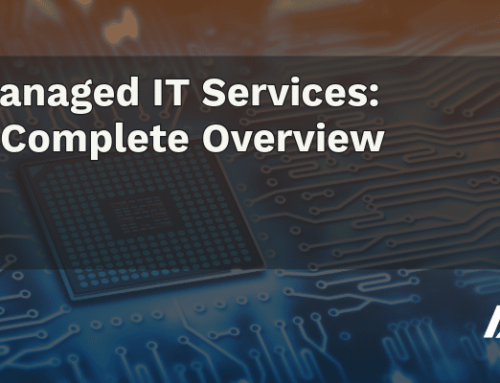The cloud is a wonderful place to be for many businesses, and there are good reasons so many are adopting the cloud: cost-effectiveness, scalability, and security, to name a few. But it’s not completely without risk.
Successful migration of your applications and data to the cloud takes careful planning in order to minimize the possibility of risks that are inherent in any cloud migration, including data loss, latency, interoperability, overspending, and security.
Use this checklist to maximize your migration success.
Determine & engage stakeholders
Those who should be involved in this project from the start include, but shouldn’t be limited to, members of your IT team. Business stakeholders and other key roles should be included from the outset, as well.
Engage outside resources
If tackling all the “hows” of migrating data and apps to the cloud are beyond the scope of expertise in your organization, you’ll want to pull in a knowledgeable outside resource, like AccountabilIT, to help oversee and manage your migration to the cloud.
Set your strategy
Establish a business case for the move. What are the desired outcomes? A migration plan that flows from an overarching business value proposition is a lot stickier and will garner more support from all stakeholders. Identify your purpose and objectives for moving to the cloud, and document them along with priorities, timelines, possible migration processes, and so on.
Undertake discovery and assessment
Assess your current environment and usage, cloud storage needs, and other requirements that will inform your move. Conduct dependency mapping to understand the various elements in your technology landscape and anticipate how your applications might perform under the changes to their environment.
Determine your cloud deployment model
You’ll need to determine the makeup of your cloud based on your business, objectives, budget, and other considerations. Will you move entirely to a public cloud environment, private cloud, or go with a hybrid cloud deployment model? There are pros and cons to each, and you’ll want to be fully aware of what each option offers and the impact it will have on your business.
Identify your public cloud provider(s)
If the public cloud is part of your strategy, then you’ll need to vet and determine the right cloud service (or services, if you’re going with a multi-cloud strategy) for your objectives, budget, and other business requirements. Many providers, including Microsoft Azure, offer support in planning, assessing, and otherwise helping you move to the cloud.
Train your team
Adopting the cloud is a significant organizational shift, and you’ll need to ensure that all team members who will be tapping into your new cloud resources in any way have the education they need. Even before the migration begins, make sure training plans are part of the strategy.
Learn the “R’s of migration”
There are three common migration strategies, and what you use will be dependent on the current state of your landscape and apps.
- Rehosting: Also known as “lift and shift,” this transports your current environment with little to no core architecture changes from an on-premises location to the cloud.
- Replatforming: Similar to rehosting, but with some adjustments to prepare your data and apps for the cloud.
- Refactoring: This involves rebuilding or modernizing applications so they’ll work optimally in the cloud.
Pilot and test
Establish early wins and learnings when you pilot the migration project with one or more low-complexity workloads. Test that everything works as it should, make necessary tweaks, then continue the migration.
Complete your phased migration
Based on the assigned priority levels you established earlier and leveraging your learnings from the pilot, migrate the remainder of your workloads phase by phase. Automated migration tools allow for a smooth migration experience.
Optimize your cloud investment
Just as investment of time and resources in your on-premises infrastructure is necessary, so it is with your new cloud infrastructure. Managed cloud services can make sure you’re hitting your KPIs, harnessing the full power of the cloud, and keeping costs under control.
What’s next?
Migrating your data center, applications, and the rest of your landscape to the cloud is not without challenges, but it can be done with thoughtful, expert planning and the right resources. Count on AccountabilIT to help you successfully accomplish the feat of migrating to the cloud. We have designed a proven process that effectively captures your workloads, forecasts usage and secures your policies. Let’s get started today.




